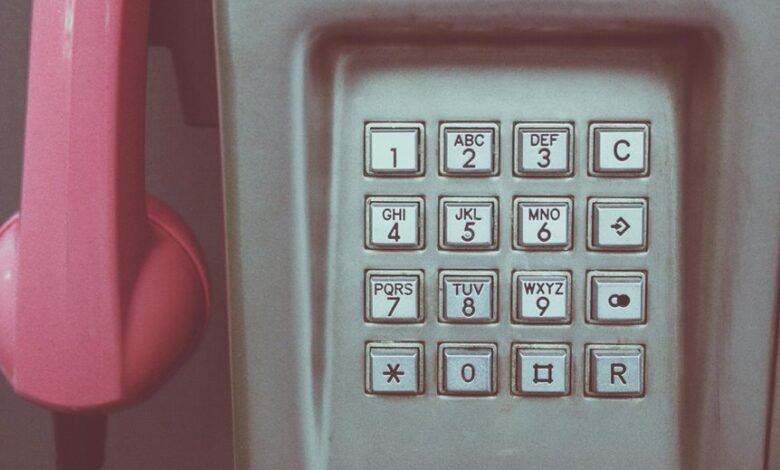Who Called You From 18002993984, 8179302272, 5138781337, 4059987582, 3232501961, 7048861850

Calls from numbers such as 18002993984, 8179302272, 5138781337, 4059987582, 3232501961, and 7048861850 raise concerns about caller identity. These digits may belong to telemarketers, debt collectors, or potential scammers. Understanding the nature of these calls is essential for protecting personal information. Identifying the intentions behind these numbers can provide clarity. However, the methods for achieving this are varied and require careful consideration. What tools can assist in this process?
Identifying Unknown Callers: The Basics
How does one effectively identify unknown callers in an age of increasing telecommunication complexity?
Caller ID systems provide essential data, yet many phone scams bypass these safeguards.
Utilizing reverse phone lookup services and community reporting platforms enhances caller verification.
Awareness of emerging scam tactics empowers individuals, fostering a proactive approach in safeguarding personal information against deceptive practices.
Knowledge is the cornerstone of freedom in communication.
Common Caller Types and Their Intentions
What drives the diverse array of callers that individuals encounter daily? Caller motivations vary widely, encompassing telemarketers seeking sales, debt collectors pursuing payments, and scammers aiming to exploit unsuspecting victims.
Effective scam identification is crucial; recognizing patterns in caller behavior can empower individuals to protect themselves. Understanding these common caller types enables better decision-making, fostering a sense of autonomy and security in communication.
Tools and Resources for Caller Identification
Numerous tools and resources exist to aid individuals in identifying callers, enhancing their ability to discern legitimate communication from potential threats.
Caller ID apps provide real-time identification, while reverse lookup services allow users to trace unknown numbers effectively.
These technological solutions empower users to make informed decisions about their communications, promoting personal safety and reducing the risk of falling victim to scams or unwanted solicitations.
Conclusion
In the labyrinth of communication, the numbers 18002993984, 8179302272, 5138781337, 4059987582, 3232501961, and 7048861850 serve as shadows, cloaked in uncertainty. They symbolize the need for vigilance in an age where personal information can easily slip through the cracks. By employing tools for identification, individuals can illuminate these shadows, transforming the unknown into clarity. Ultimately, awareness becomes the beacon guiding one through the murky waters of unsolicited calls, safeguarding personal integrity against potential threats.




